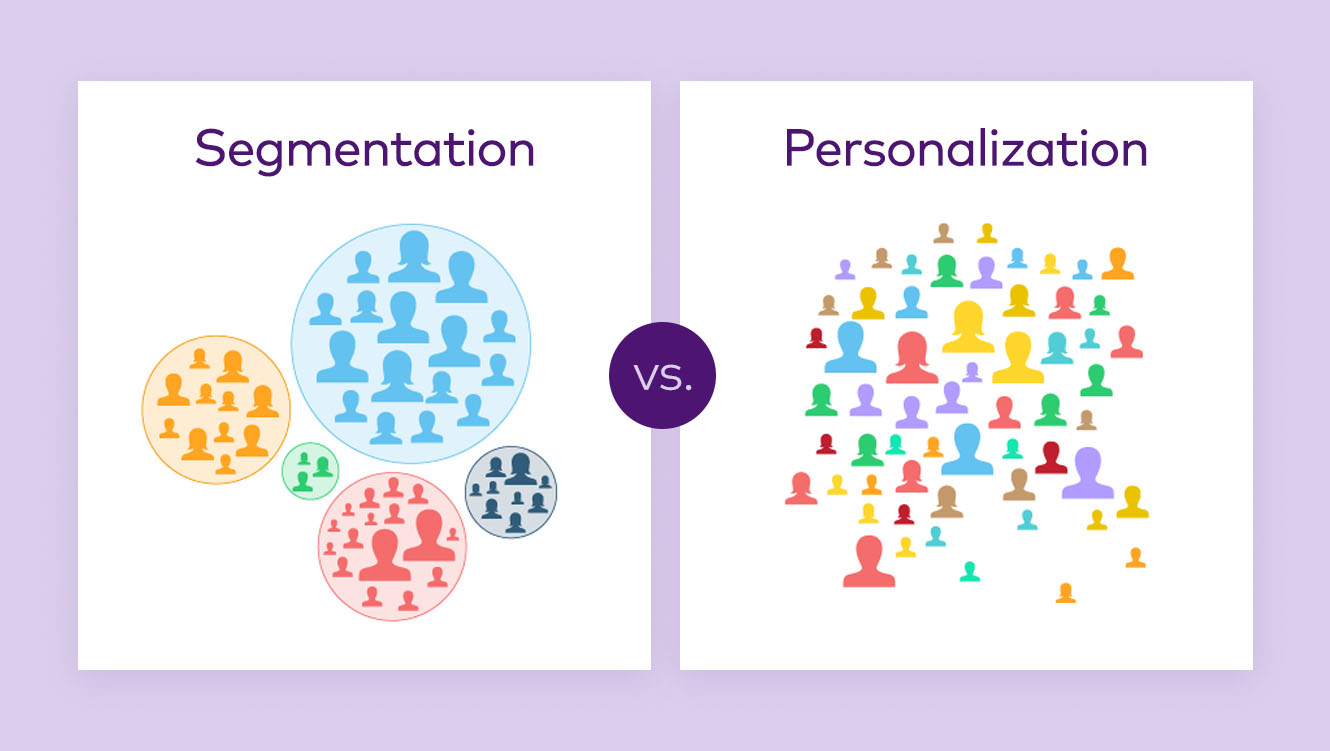
The Dark Side of Personalization: How Cookies and Tracking Are Invading Your Privacy
As I sat at my desk, sipping my morning coffee, I couldn’t help but feel a sense of unease as I scrolled through my favorite news website. The ads seemed to know me a little too well, the headlines a little too tailored to my interests. It was as if the website had a sixth sense, a way of knowing exactly what I wanted to read and when. But how?
The answer, of course, lies in cookies and tracking. Those small text files that websites store on your device, allowing them to remember your preferences and tailor their content to your needs. But what seems like a harmless convenience at first glance can quickly turn into a nightmare of surveillance and manipulation.
The Cookie Conundrum
Cookies are small files that websites store on your device to remember your preferences and tailor their content to your needs. They can be used to store everything from your login information to your browsing history. But they can also be used to track your movements across the web, building a detailed picture of your interests and habits.
 The cookie conundrum: a delicate balance between convenience and surveillance
The cookie conundrum: a delicate balance between convenience and surveillance
The Tracking Trap
But cookies are just the tip of the iceberg. Websites also use a variety of other tracking technologies to monitor your movements and build a detailed picture of your online activities. From pixels to fingerprinting, these technologies can be used to track your every move, even when you think you’re browsing privately.
 The tracking trap: how websites use a variety of technologies to monitor your movements
The tracking trap: how websites use a variety of technologies to monitor your movements
The Personalization Problem
So what’s the problem with all this tracking and personalization? On the surface, it seems like a convenient way to get the content you want, when you want it. But scratch beneath the surface, and you’ll find a more sinister reality. Websites are using this data to manipulate your behavior, to get you to click on ads and buy products you don’t need.
 The personalization problem: how websites use data to manipulate your behavior
The personalization problem: how websites use data to manipulate your behavior
The Solution
So what can you do to protect yourself from this surveillance state? The answer is simple: take control of your data. Use a VPN to mask your IP address, a browser extension to block tracking cookies, and a search engine that doesn’t track your movements. It’s time to take back your online freedom.
 The solution: take control of your data and protect your online freedom
The solution: take control of your data and protect your online freedom















